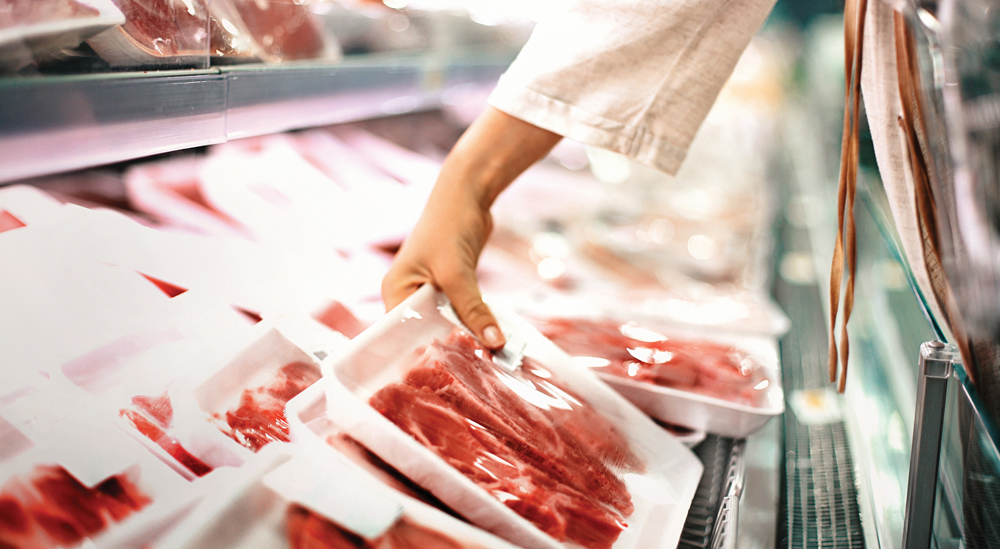Anew University of Alberta study finds beef to be a “nutritionally significant” delivery system for a “good” form of naturally occurring trans fat.
Researchers said their work follows up on early studies of trans vaccenic acid (VA), the most prevalent natural trans fat in beef and dairy products. Those early studies show VA to displace the “bad” fats coming from industrially processed food sources, they said.
“With growing evidence VA may displace bad fats and reduce chronic disease risk, one of the key questions is how much is actually absorbed when consumed through food products such as beef, milk and yogurt,” the researchers said in a May 28 release from the CLA Network, a national research group examining the health potential of ruminant-based fatty acids.
Read Also

Canadian wheat breeding produces big results
Canada’s system of developing wheat varieties with improved crop genetics is both efficient and effective, says a University of Saskatchewan agricultural economist.
The new study indicates VA obtained naturally through a meal has a “nutritionally significant” rate of absorption in the intestine, of over one per cent, the researchers said. Their study used specifically designed diets containing VA, one of which included a beef meal.
Recognizing the health-enhancing potential of natural VA is one thing, but knowing it is actually absorbed so it can be used in the body is an important finding, said Dr. Donna Vine, the primary investigator of the study at the Metabolic and Cardiovascular Diseases Laboratory at the University of Alberta’s Institute for Human Nutrition.
DAIRY FOODS COMPARABLE
The study didn’t look at VA absorption from a dairy meal, but similar results would be anticipated, Vine said. “The natural VA in both beef and dairy is the same and the levels are comparable, so we would expect to see a similar absorption of VA from these foods.”
The study also looked at how much VA was converted into conjugated linoleic acid (CLA) in the intestine.
CLA has been touted in studies as having the potential to reduce risk factors for heart disease, diabetes, inflammation and other chronic conditions. VA is known to be a “precursor” to CLA that can be converted into CLA when consumed by mammals, the researchers said.
While there was substantial difference among the treatments – a mixed meal, a meal containing beef and a lipid emulsion containing purified VA – the results indicated large portions of VA weren’t converted to CLA in the body.
“This may prove to be a very positive finding,” researcher Dr. Catherine Field said. “CLA and VA effects appear similar but are different. There may be potential for overall greater benefit from the combination.”


















